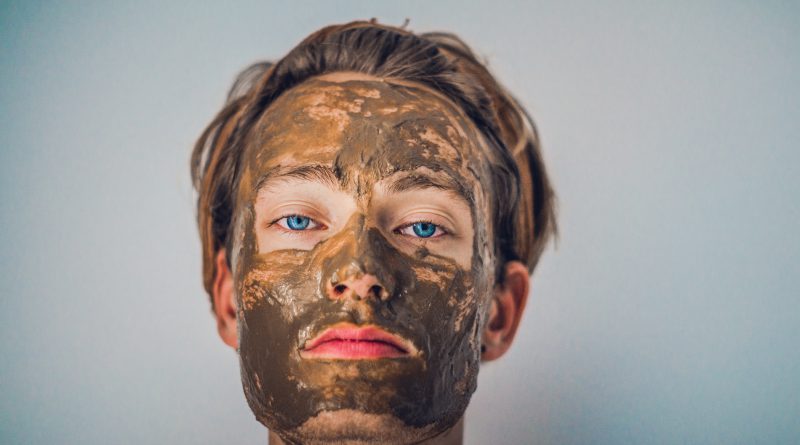What You Should Know About Chemical Peels
1,669 total views, 1 views today
When talking about beauty, it seems like people are using more and more treatments to constantly try to look younger. It begs the question–how far have we gone so far from nature?
When thinking about that, I may agree we have gone too far…but I have to admit, I like all the options our there. But, how much do we know about all these treatments we think will make us younger and more beautiful? Let’s find out!
People often talk about botox and about its pros and cons, how botox and fillers may be great but can cause too many bad side-effects. Yet, everyone forgets how chemical peels can actually damage their skin too much too. But, how is can that happen when you’re visiting a licensed esthetician?
Well, you definitely need to know how chemical peels use acid which always breaks the top layers of your skin. But, why are then people using them since the mid-1800s then? Well, no one knew much about that then.
American Society of Plastic Surgeon has reported how almost 1.4 million of these peels were performed in 2017 in the US–up 20% from 2000.
But, the good news is that not all of the chemical peels are the same. What should you look out for? Here are a few things to know.
- Different strengths of peels. There are three types, or strengths–superficial, medium depth, and deep depth. Most peels are superficial and use acids such as glycolic, salicylic, kojic acid and malic acid. Sometimes these are referred to as “lunchtime peels”, as they typically leave your skin rosy for about 20-minutes, but no longer.
- Medium Depth peels typically use concentrated acid at 30% or higher. You won’t see this at your spa but needs to be administered by a licensed doctor. This peel has significant downtime, and also leaves the skin to be salved several times a day. These peels are good for skin with sun spots, acne scars, and even under-eye circles.
- A deep-peel uses an acid concentration of 50-70%, and is used on people with the deepest of acne scars, loose skin, and heavy sun damage. Downtime is 7-10 days, or even more. This is a serious peel.
How do you know if the treatment is too harsh? You should talk with a professional about the best time and how much the chemical peel needs to last. There may be alternatives to get the same results, such as an at-home peel (which is really just a good way to exfoliate), or laser treatments.


I’ll keep using my own, but I’ll give these other and try and see if I’ll want to buy more.
Peels can help to eliminate from the greater part age changes dermatological cover. exfoliation effective at any age, adapted for skin of any type. After light exfoliation disappear minor wrinkles, skin area becomes smooth, without wrinkles. Adaptation – three days. an Average peeling effectively copes wrinkles (expression, old, affects small scars, removes freckles.
Rehabilitation – 7 days. Deep peeling conducting in the beauty medical facilities. This is most effective procedure, but requires long term regeneration – about four weeks.
chemical peel before after
I’ve realized that putting on more natural items has worked much better than all these products that are just of mix of chemicals that can make your skin worst.
People are so obsessive with these products that they just put on whatever comes desperate to look better. Really, be careful guys.
I tend to buy these rather willy nilly, so knowing this is of great help for my next mask buysing spree.